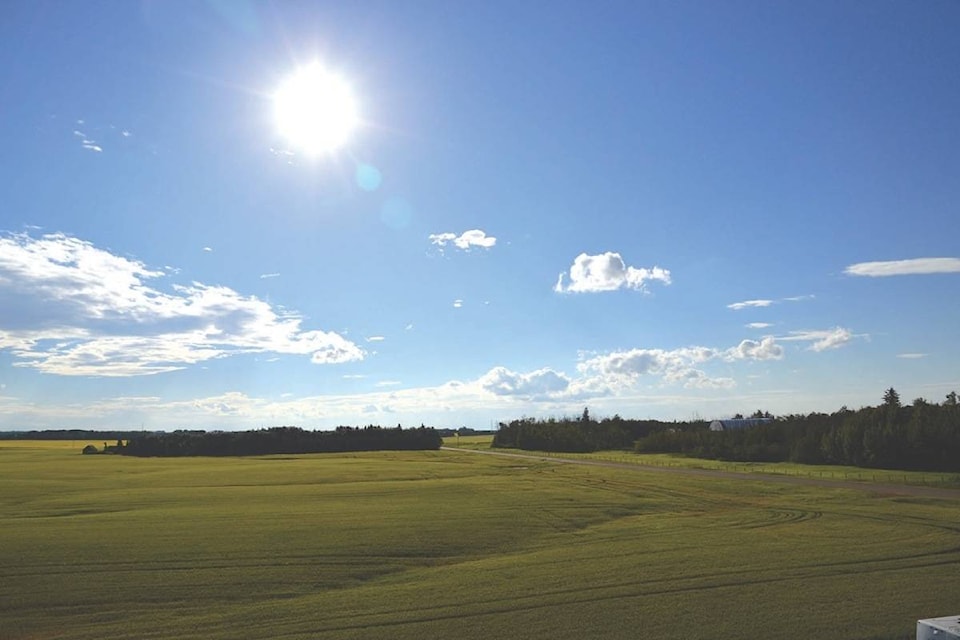“Weather certainly made it challenging for producers to take off their hay this year,” says Karin Lindquist, forage and beef specialist at the Alberta Ag-Info Centre. “Because of that, two concerns this season are the threat of winterkill in alfalfa by cutting during the critical growth period and poor forage quality due to overmature forages.”
Alfalfa’s critical growth period is 45 to 60 days before a killing frost, allowing the plant enough time to accumulate food reserves before to winter.
“If hay is harvested during this time, alfalfa plants are forced to pull food reserves from the roots to initiate regrowth,” she explains. “Alfalfa needs to store enough energy in the roots and crowns to survive winter and use these energy stores for spring regrowth. They will die if unable to do so.”
She adds that daytime temperatures and daylight hours at this time are sufficient for regrowth, so that puts alfalfa at risk for winterkill.
“Waiting to harvest after the critical growth period when daylight hours are shorter prompts the plants into dormancy. Killing frosts are also common after this time, which kills the plants and pushes them further into dormancy. Forage quality will decrease, but waiting to cut at this time will save alfalfa plants for the next growing season.”
Forage plants that have reached maturity - full flower to seed-set - have lower forage quality than plants that have not reached this final life-stage.
“Legume-grass hay tends to remain higher quality than a straight-grass hay, and overall, nutritional values will be low,” she says. “Overmature alfalfa hay poses quality problems due to heavy leaf loss, as leaves contain the highest nutritional quality. Without this leaf matter, hay is very stemmy and poor quality. Remember, the only way to know the quality is to get it feed tested.”
To test the hay’s quality, Lindquist says to borrow a forage core-sampling tool from the local county office or agriculture research organization to get the sample.
“A hand-grab sample is not as reliable as a forage probe that gets a sample from within 2 feet - 60 cm - into the bale.”
“Feeding poor quality hay could require grain supplementation,” she adds. “It is possible that adding grain for energy and peas for protein will help cattle better use the hay.”
-Alberta Agri-news
